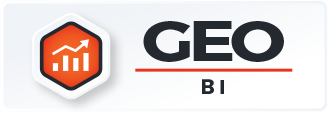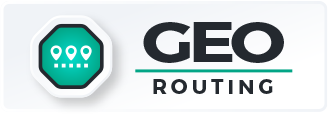Geoanalytics has become a necessity in retail, one of the most location-sensitive industries in the world. From store placement to customer engagement, every decision has a geographic dimension. Location analytics brings that dimension to life, helping retail leaders see beyond spreadsheets and uncover insights hidden in plain sight. By pairing customer and operational data with geographic context, retailers can improve site selection, optimize foot traffic, and fine-tune inventory management. In today’s highly competitive environment, geoanalytics is quickly becoming the standard for profitable retail strategy.
Why Geoanalytics is Critical for Retail Success
Retail isn’t just about selling products—it’s about being in the right place at the right time. Traditional business intelligence platforms highlight sales trends, but they miss the geographic story that explains those patterns. Geo analytics fills this gap, giving decision-makers a spatial perspective on customer behavior and store performance. Whether it’s predicting where demand will spike or analyzing why a store is underperforming, geoanalytics transforms raw data into actionable insights. This ensures retailers make smarter, faster, and more confident decisions.
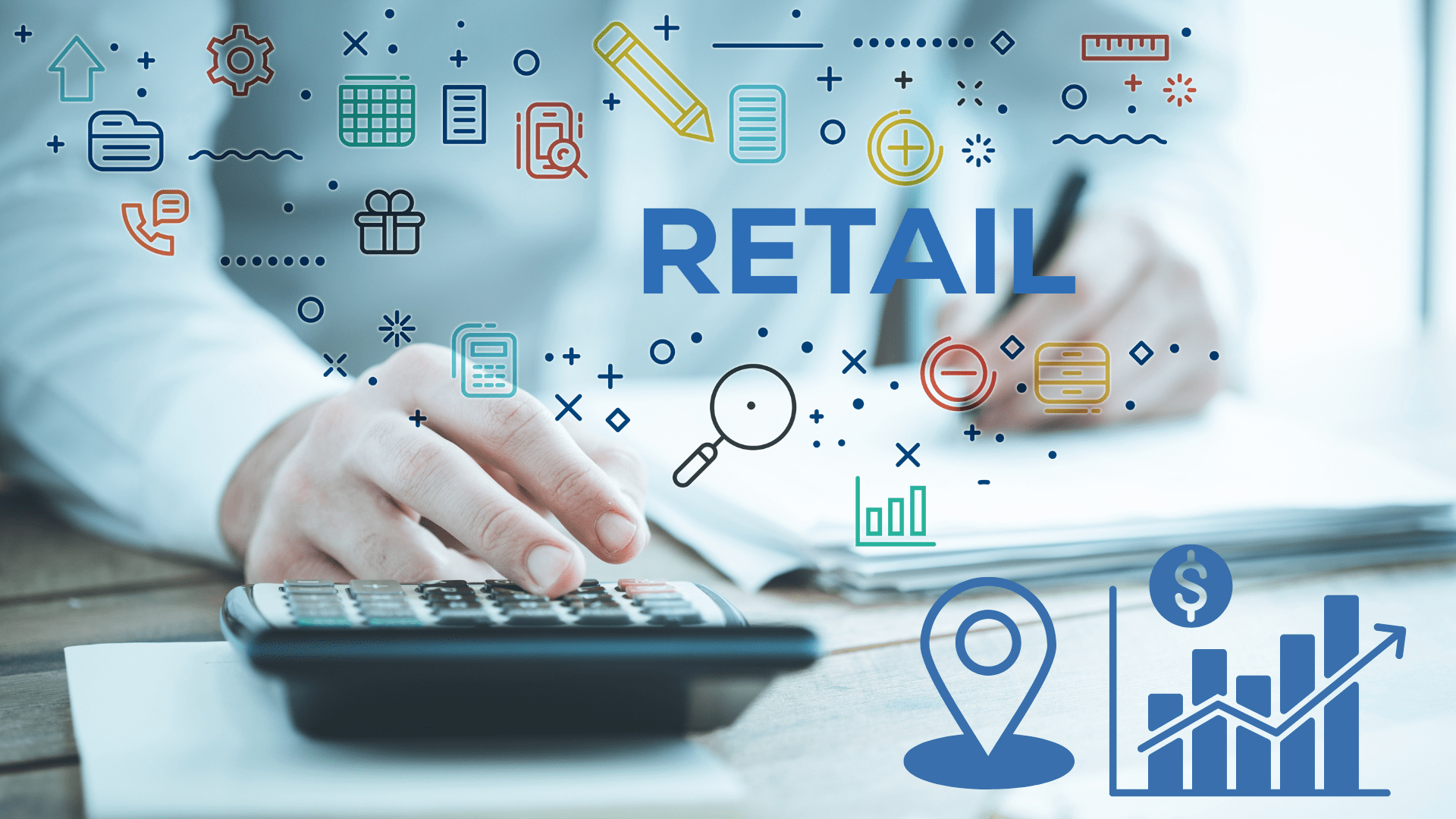

Pro Tip: Use Mapline’s demographic overlays alongside retail sales data to see not just where customers are, but who they are. Combining income, age, and population density with foot traffic patterns gives a 360-degree view of your market. Explore these features in Mapline’s Geo BI software.
Core Retail Applications of Geoanalytics
The value of geoanalytics comes from its flexibility. Retail leaders can use it to solve challenges across operations, marketing, and expansion planning. By blending predictive analytics with location intelligence, geoanalytics helps businesses gain a holistic view of their customers, competitors, and markets. Here are the most impactful ways geoanalytics is shaping retail today:
Empowers Smarter Site Selection
Opening a new store is a high-stakes investment. Location analytics ensures these decisions are backed by data. By analyzing demographics, customer density, and competitor proximity, retailers can identify the most promising locations. Predictive analytics in the retail industry takes this further, forecasting foot traffic and expected sales performance before doors even open.
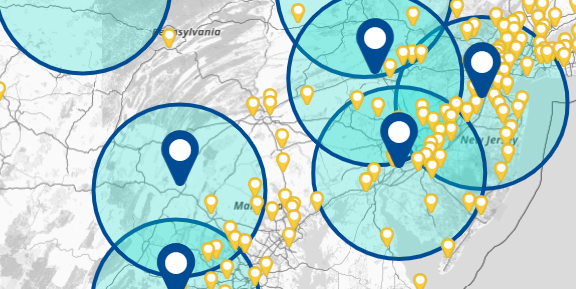
Foot Traffic and Store Performance
Retail foot traffic analysis is a cornerstone of store optimization. By mapping customer visits, retailers can see which areas drive the most engagement and why. Store traffic analysis reveals bottlenecks, underperforming areas, and opportunities for layout improvements. Combined with business intelligence dashboards, geoanalytics helps align staffing, promotions, and inventory with real-world demand.
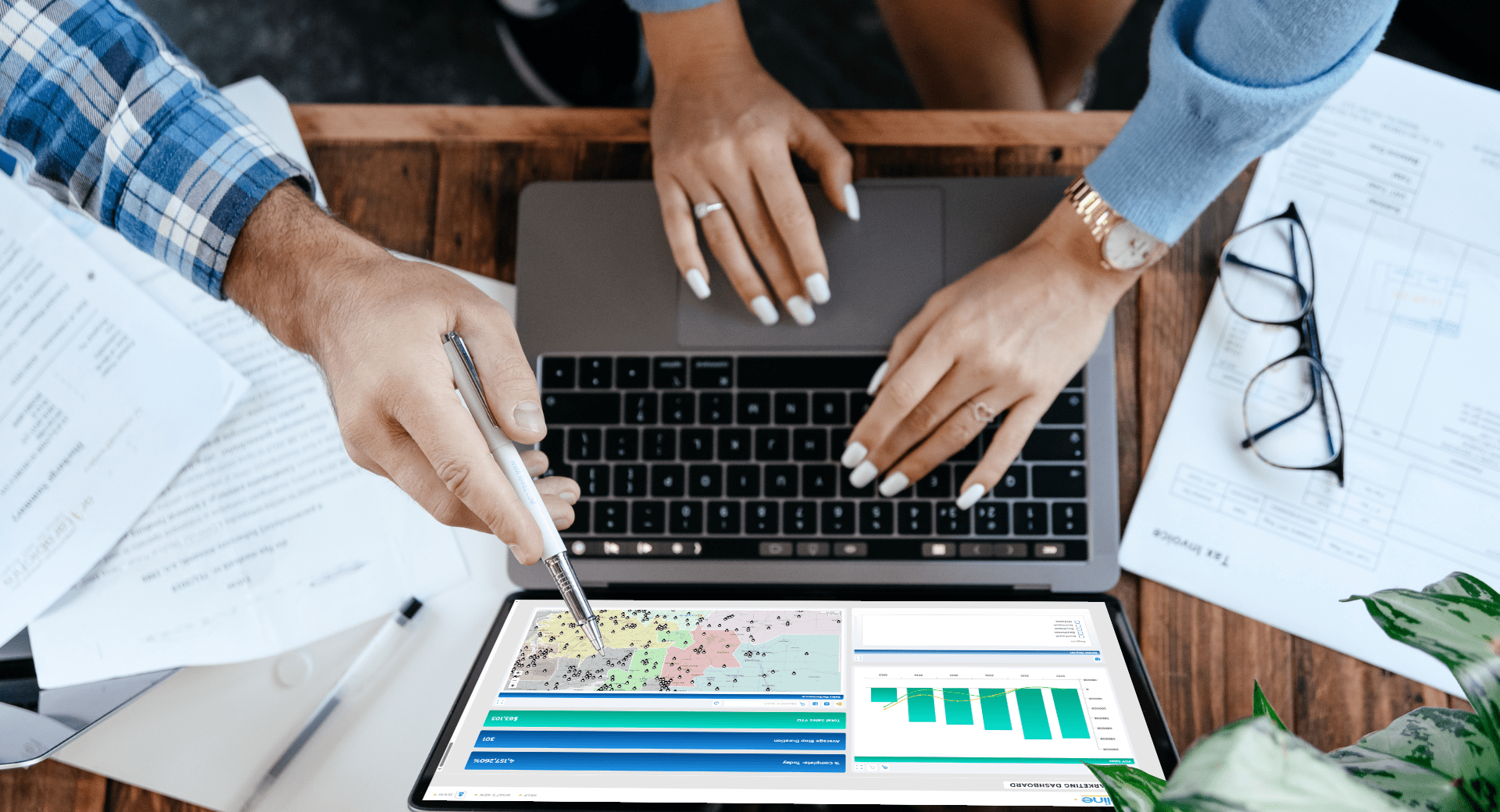
Inventory and Supply Chain Optimization
Geoanalytics also plays a critical role in supply chain efficiency. By layering sales data with location intelligence, retailers can predict regional demand and adjust inventory distribution accordingly. This minimizes stockouts, reduces carrying costs, and ensures customers always find what they need. Retail business intelligence powered by location analytics creates smoother operations and stronger profit margins.

Customer Segmentation and Targeting
Location intelligence for retail isn’t just about stores—it’s about customers. By analyzing where shoppers live, work, and travel, retailers can build precise customer segments tied to geography. Marketing teams can then target campaigns at the right neighborhoods or demographics, ensuring higher engagement and stronger ROI. Predictive analytics in retail stores makes it possible to anticipate customer needs before they arise.
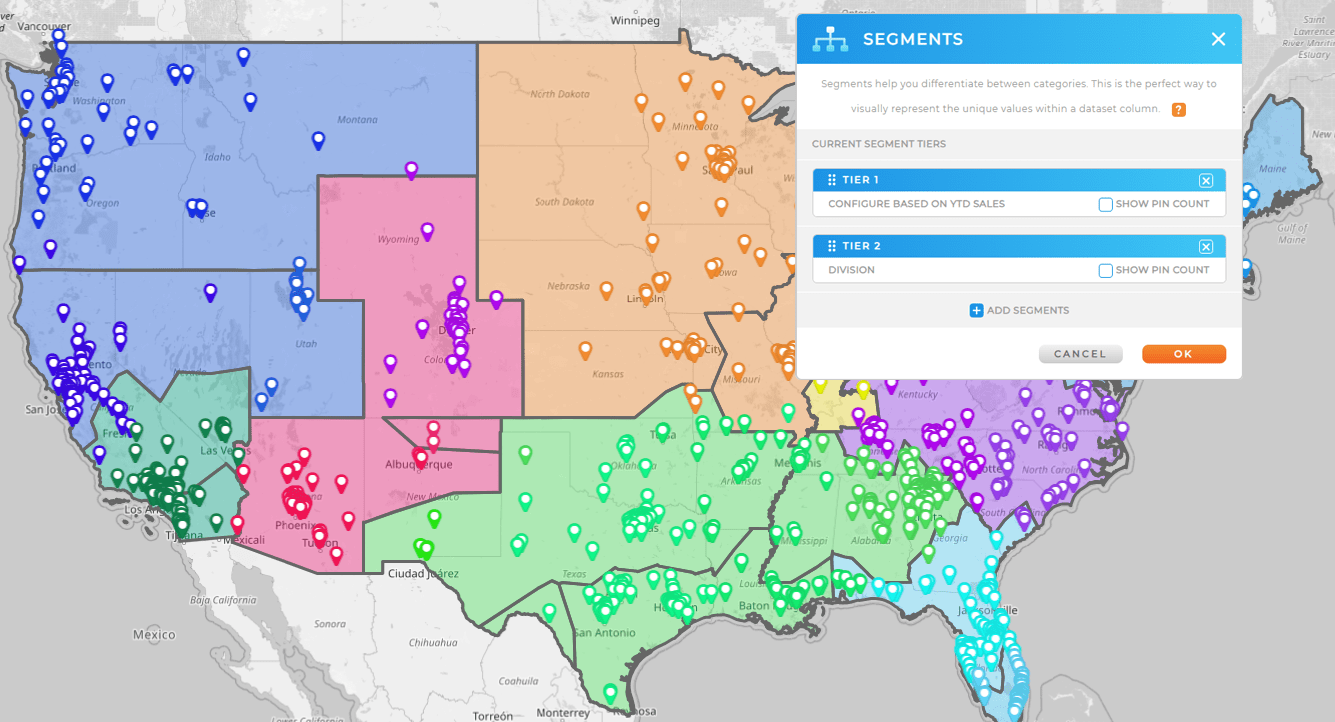
Franchise and Multi-Unit Retail Growth
For franchises and multi-location retailers, territory mapping is key. Location analytics enables balanced, non-overlapping territories that maximize coverage while preventing cannibalization. By visualizing regional sales performance, retailers can scale strategically—expanding into the right markets while supporting existing locations. This data-driven franchise development strategy fuels long-term growth.

Why Mapline Outperforms Generic Geoanalytics + BI Tools
While platforms like Power BI or Tableau offer strong reporting features, they often lack the simplicity and specialized focus that retailers need for location intelligence. Mapline combines powerful geo mapping software with an intuitive interface built for business leaders, not just data scientists. Retailers can upload spreadsheets, plot customer data, and generate geographic heat maps in seconds. Unlike generic BI for retail, Mapline’s geoanalytics tools are designed to reveal insights specific to location-heavy industries. That means faster adoption, quicker insights, and decisions that actually move the needle.
Geoanalytics in retail refers to analyzing customer and sales data in the context of geography. It reveals insights about store performance, customer distribution, and market opportunities.
By analyzing foot traffic and sales by location, geoanalytics highlights underperforming areas, identifies bottlenecks, and supports better staffing, promotions, and inventory alignment.
Business intelligence tools show overall trends, while geoanalytics adds a spatial layer. This helps explain not just what is happening but where and why.
Predictive analytics in the retail industry combines sales history with location intelligence to forecast demand, plan store expansions, and anticipate customer needs.
Yes—Mapline makes geoanalytics accessible for businesses of all sizes. Even small retailers can upload customer or sales data to instantly visualize patterns and improve decision-making.
Mapline is purpose-built for simplicity. Unlike GIS platforms or complex BI software, it delivers retail-focused insights quickly and without the need for technical expertise.






